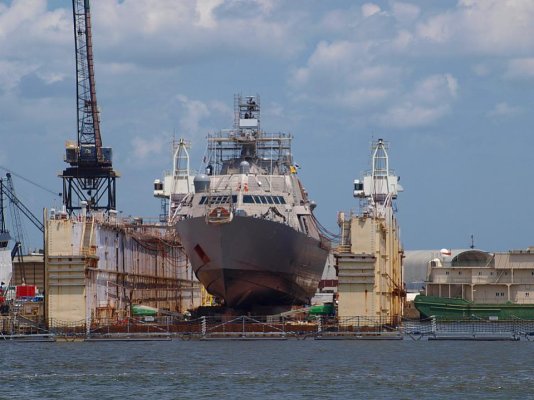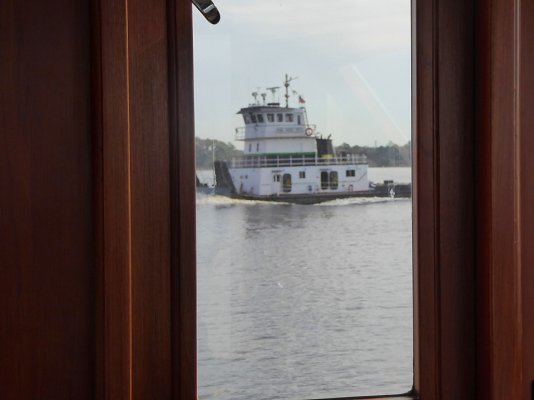Wxx3
Dauntless Award
- Joined
- Jan 10, 2013
- Messages
- 2,820
- Location
- USA
- Vessel Name
- Dauntless
- Vessel Make
- Kadey Krogen 42 - 148
My off-the-beaten-track travels have put me in waters sometimes not much used by “Pleasure” boats. During last summer’s cruise of the Baltic and North Seas, for every pleasure boat we encountered, we probably saw 10 working boats of all sizes and types.
Before I got Dauntless, I spent hundreds of hours in NYC harbor on USCG Aux boats, which were anywhere from 22 to 44 feet. For every pleasure boat, there are hundreds of working boats. So I learned boating in a harbor that was all about working. Maybe I’m biased, but also practical and I see what I see.
If I have learned anything these last few years is that working boats are working.
WORKING.
They are not going for spin because the weather is nice. They are not trying to impress the ladies or friends with how well they can handle the boat or their knowledge of the COLREGS.
They are WORKING.
And that’s the rub, working means all sorts of things. That skipper has more on his mind than what to have for dinner or what his next drink will be. He is WORKING.
If he doesn’t appear to you to be WORKING, get over it. He is doing a job. He may not be towing, fishing, trawling, hauling, now, but he is certainly thinking about what he does need to do and how to do it. That’s his job, WORKING.
Also, 999 out of 1000 times, his boat will be more massive than yours, maybe by a few fold, maybe by thousands. In any case, the Laws of Physics dictate that the pleasure boat can maneuver better than the working boat.
So just do it.
Yes, I know you know the COLREGS by heart, but I’ll bet any skipper of a WORKING boat knows them better.
So move on and give the guy a break and stay out of his/her way.
They are WORKING.
Before I got Dauntless, I spent hundreds of hours in NYC harbor on USCG Aux boats, which were anywhere from 22 to 44 feet. For every pleasure boat, there are hundreds of working boats. So I learned boating in a harbor that was all about working. Maybe I’m biased, but also practical and I see what I see.
If I have learned anything these last few years is that working boats are working.
WORKING.
They are not going for spin because the weather is nice. They are not trying to impress the ladies or friends with how well they can handle the boat or their knowledge of the COLREGS.
They are WORKING.
And that’s the rub, working means all sorts of things. That skipper has more on his mind than what to have for dinner or what his next drink will be. He is WORKING.
If he doesn’t appear to you to be WORKING, get over it. He is doing a job. He may not be towing, fishing, trawling, hauling, now, but he is certainly thinking about what he does need to do and how to do it. That’s his job, WORKING.
Also, 999 out of 1000 times, his boat will be more massive than yours, maybe by a few fold, maybe by thousands. In any case, the Laws of Physics dictate that the pleasure boat can maneuver better than the working boat.
So just do it.
Yes, I know you know the COLREGS by heart, but I’ll bet any skipper of a WORKING boat knows them better.
So move on and give the guy a break and stay out of his/her way.
They are WORKING.











